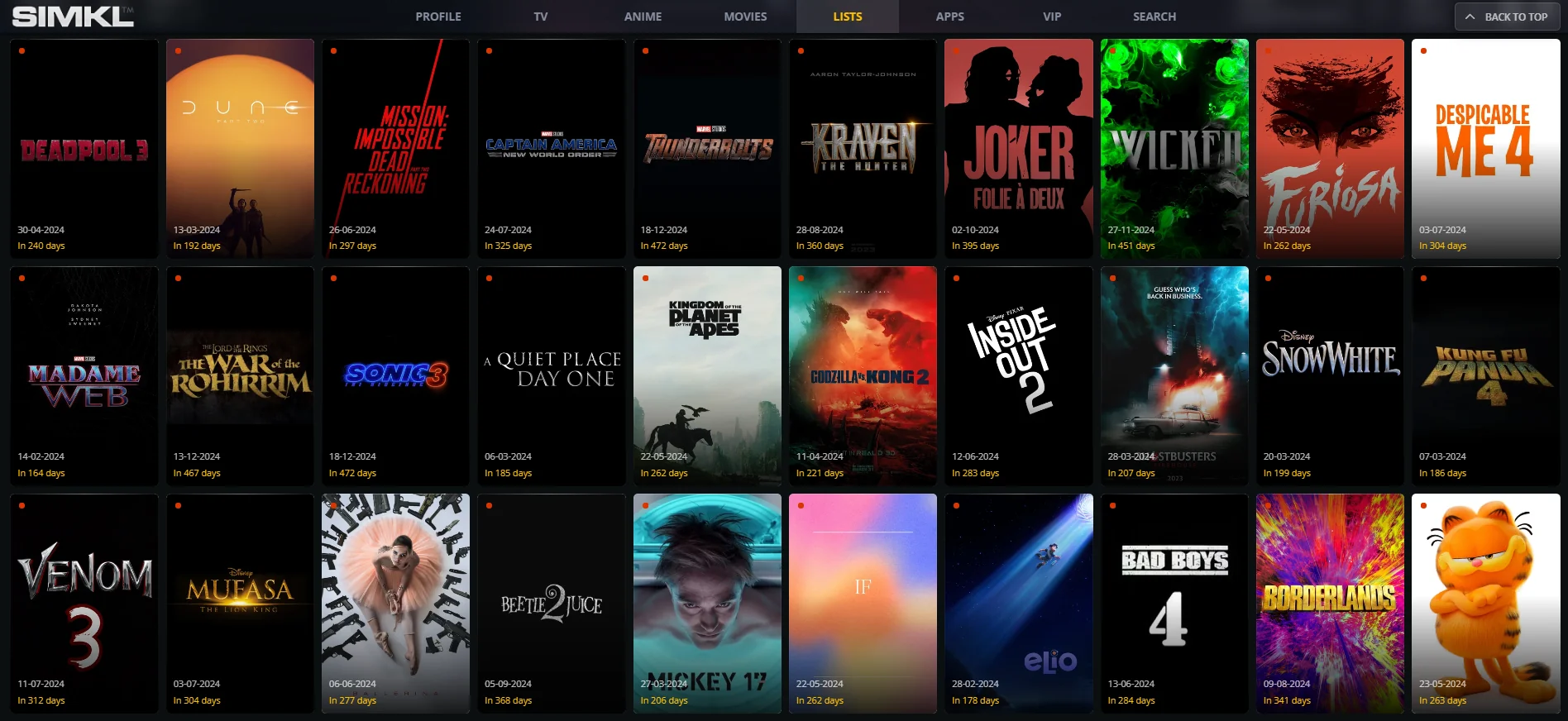In today's digital marketing landscape, accurately measuring the effectiveness of your email campaigns is crucial for optimizing return on investment (ROI). Multi-touch attribution offers a sophisticated approach to understanding how different touchpoints contribute to conversions. By utilizing multi-touch attribution, you can gain a clearer picture of your marketing efforts and make data-driven decisions to enhance your email strategies. In this guide, we will delve into the concept of multi-touch attribution and explore how to apply it to effectively attribute ROI to your email campaigns.
What is Multi-Touch Attribution?
Multi-touch attribution is a method of tracking and assigning value to the various touchpoints a customer interacts with before making a purchase or completing a desired action. Unlike single-touch attribution models, which credit only one touchpoint (such as the first or last interaction), multi-touch attribution recognizes that multiple interactions contribute to the final conversion.
Why Multi-Touch Attribution Matters for Email Campaigns
Email campaigns often play a crucial role in guiding customers through the sales funnel. However, measuring their true impact can be challenging. Multi-touch attribution helps you understand how different email interactions—such as welcome emails, promotional offers, and re-engagement messages—work together to influence customer behavior and drive conversions. By accurately attributing ROI to your email campaigns, you can optimize your strategy for better results.
The Benefits of Multi-Touch Attribution
Comprehensive Insights
Multi-touch attribution provides a holistic view of customer interactions across various channels. It allows you to see how your email campaigns interact with other touchpoints, such as social media ads, search engine marketing, and website visits. This comprehensive insight enables you to understand the full customer journey and make informed decisions about resource allocation.
Improved ROI Measurement
By attributing value to each touchpoint, multi-touch attribution helps you accurately measure the ROI of your email campaigns. Instead of relying solely on last-click attribution, which may undervalue earlier interactions, you can assess the contribution of each email in the context of the entire customer journey. This leads to a more accurate understanding of how your email efforts drive conversions and revenue.
Optimized Email Strategies
With multi-touch attribution, you can identify which email campaigns and touchpoints are most effective at different stages of the customer journey. This information allows you to refine your email strategies, tailor content to specific touchpoints, and allocate resources to the most impactful campaigns. By continuously optimizing your approach based on attribution data, you can enhance the overall performance of your email marketing efforts.
Implementing Multi-Touch Attribution for Your Email Campaigns
Define Your Attribution Model
To effectively use multi-touch attribution, start by defining the attribution model that best suits your business goals and marketing strategy. There are several models to choose from, including:
Linear Attribution: Assigns equal value to each touchpoint in the customer journey.
Time-Decay Attribution: Gives more weight to touchpoints closer to the conversion.
Position-Based Attribution: Allocates a higher value to the first and last touchpoints, with the remaining value distributed among the intermediate interactions.
Choose a model that aligns with your objectives and provides the insights you need to optimize your email campaigns.
Track and Analyze Touchpoints
Implement tracking mechanisms to capture data on customer interactions across different channels. Utilize analytics tools and CRM systems to monitor email performance, including open rates, click-through rates, and conversions. By analyzing these touchpoints, you can determine the contribution of each email campaign to the overall customer journey.
Integrate with Other Channels
For a comprehensive view of your email campaigns' impact, integrate your email tracking data with other marketing channels. This integration allows you to see how email interacts with social media, search ads, and other touchpoints. By understanding the interplay between channels, you can better attribute ROI and make informed decisions about your marketing strategy.
Evaluate and Optimize
Regularly evaluate the performance of your email campaigns using the insights gained from multi-touch attribution. Identify patterns, trends, and areas for improvement. Use this data to optimize your email content, timing, and segmentation strategies. Continuously refine your approach based on attribution data to enhance the effectiveness of your campaigns and drive better results.
Challenges and Considerations
Data Accuracy
One challenge with multi-touch attribution is ensuring data accuracy. Inaccurate or incomplete data can skew attribution results and lead to misleading conclusions. Invest in reliable tracking and analytics tools to maintain data integrity and ensure accurate attribution.
Model Selection
Choosing the right attribution model is crucial for accurate ROI measurement. Different models may yield varying results, so select one that aligns with your business goals and provides actionable insights. Consider experimenting with different models to determine which best reflects your email campaigns' impact.
Cross-Channel Integration
Integrating data across multiple channels can be complex. Ensure that your tracking systems are compatible and that data flows seamlessly between channels. This integration is essential for obtaining a comprehensive view of your email campaigns' performance and accurately attributing ROI.
Multi-touch attribution offers a valuable approach to measuring the ROI of your email campaigns. By recognizing the contribution of each touchpoint in the customer journey, you can gain a deeper understanding of your marketing efforts and optimize your strategies for better results. Implementing multi-touch attribution involves defining the right model, tracking touchpoints, integrating with other channels, and continuously evaluating and optimizing your campaigns. With these insights, you can enhance the effectiveness of your email marketing and achieve a higher return on investment.



















